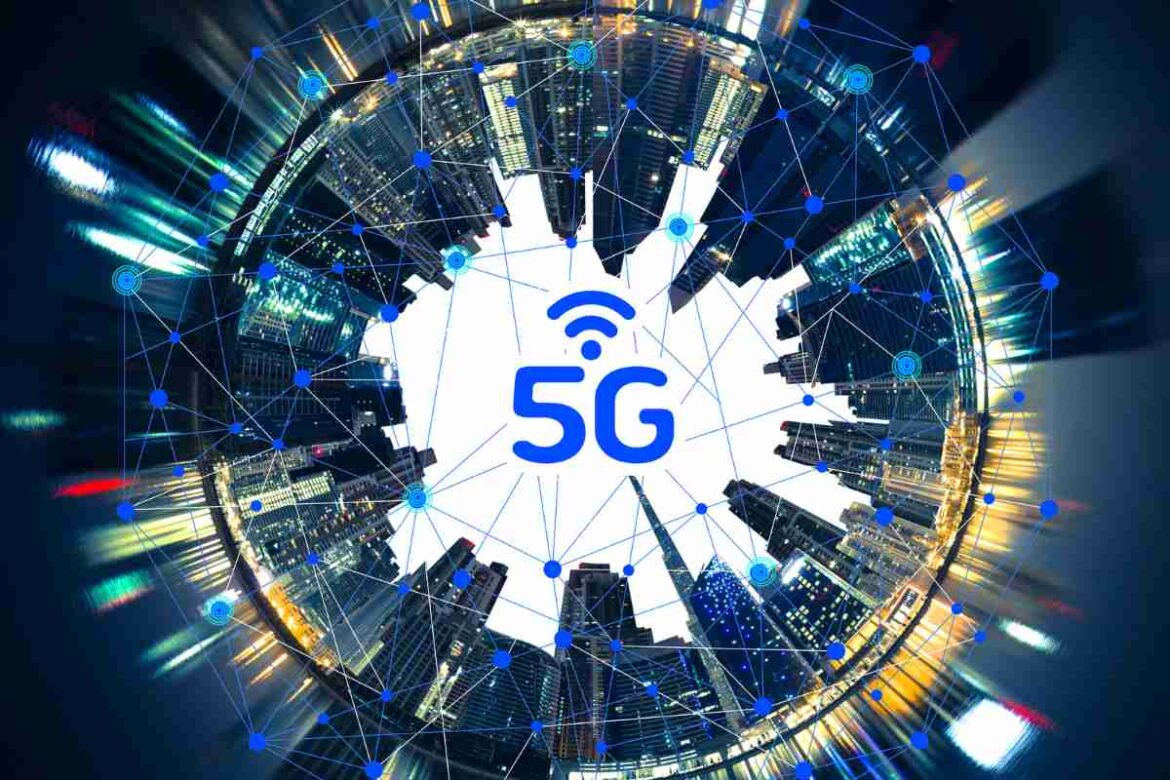640
The 5G mobile communications standard offers significantly higher transmission rates than its predecessors. This allows you to surf and communicate faster and more efficiently.
What is 5G radiation?
5G is the fifth generation of mobile internet and wireless calling. It uses electromagnetic radiation. Read on to find out what the new mobile communications standard means:
- Unlike its 4G predecessor, 5G achieves speeds of up to 10 gigabits per second. This means that you can open websites almost in real time.
- 5G uses shorter wavelengths and higher frequencies for its transmission. This also means that 5G has a shorter range. Consequently, more transmission masts are needed to distribute 5G across the whole area.
- Like all radiation, electromagnetic radiation can also penetrate the body. However, it is not ionizing like X-rays or radioactive radiation, for example. This means that it cannot attack the genetic material. Incidentally, the higher the radiation frequency, the less it penetrates biological tissue. The 5G network uses frequencies between 700 MHz and 3.8 GHz. Its predecessor, 4G, used frequencies of up to just 2.6 GHz.
- In principle, the more you use your smartphone or tablet, the more 5G radiation you are exposed to. However, if you have good reception with your 5G device, the radiation is less likely to penetrate the tissue.
Do we need to protect ourselves from radiation exposure?
With comprehensive 5G coverage, you will potentially be surrounded by radiation more often. Do you then need safety measures?
- A metastudy commissioned by the WHO in 2024 concluded that 5G radiation does not pose an increased risk of cancer. In this study, around 63 studies conducted in 22 different countries were summarized, analyzed and evaluated.
- Furthermore, the radiation exposure was classified as harmless with regard to other negative effects.
- The extent to which increasing frequencies will affect the body in the future remains the subject of further research. The research results so far relate to frequencies up to 26 GHz. For the time being, 5G radiation does not reach this level.
- If you still want to reduce your exposure to radiation, it is recommended to switch from 4G to 5G. To do this, your smartphone must be 5G-capable and your mobile phone contract must offer the corresponding frequency. After all, the higher frequencies do not penetrate deeply into biological tissue.

